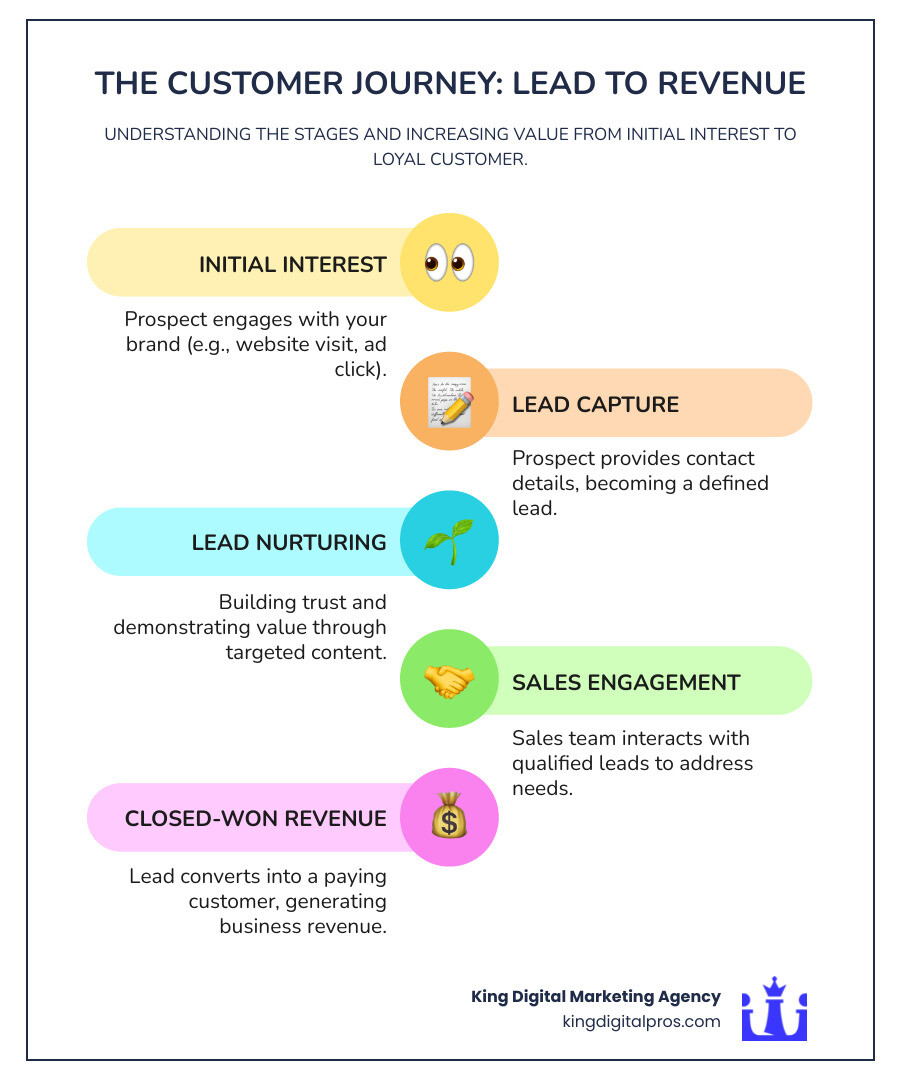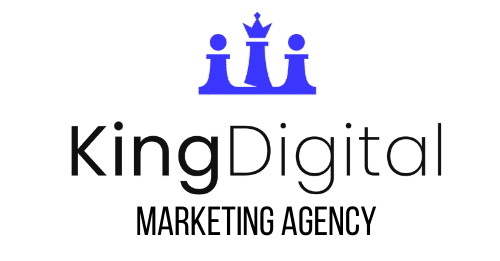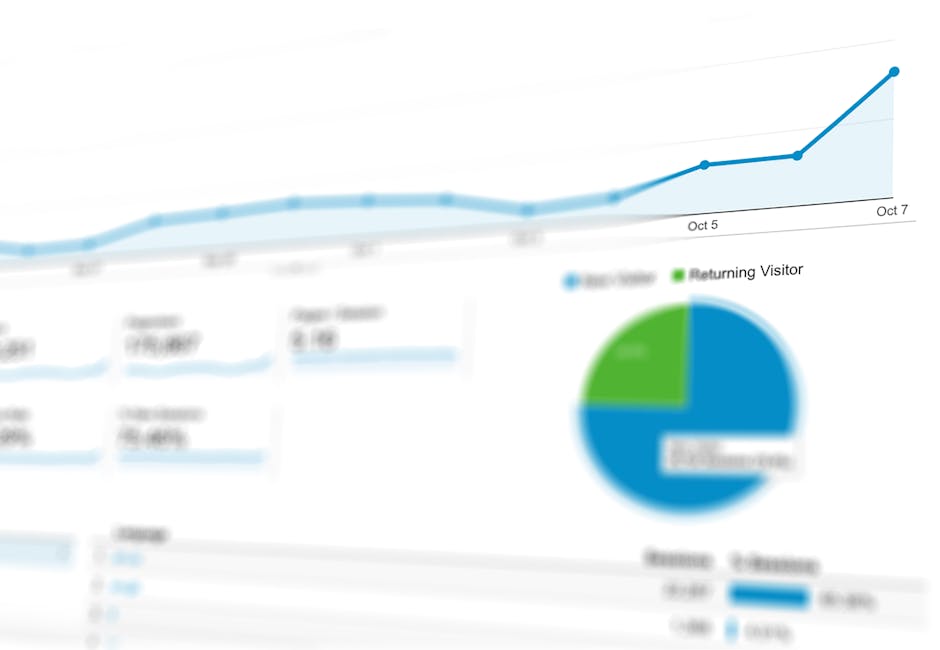Why Knowing How to Calculate Lead Value Changes Everything
Knowing how to calculate lead value is a critical skill for any business serious about growth. Here’s the quick answer:
The 3 Core Lead Value Formulas:
- Basic Lead Value = Total Sales Revenue / Total Number of Leads
- Predictive Lead Value = Average Sale Value x Lead-to-Customer Conversion Rate
- Profit-Based Lead Value = (Total Revenue / Number of Leads) x Profit Margin %
Example: If you generated $30,000 from 20 leads, your lead value is $1,500 ($30,000 / 20 = $1,500).
Many business owners spend money on marketing without knowing if it’s working. You run ads and pay for SEO, but can you confidently say what each new lead is worth?
Without this number, you’re flying blind. You might spend $100 to acquire a lead that only brings in $50, or worse, avoid marketing channels that could deliver $2,000 customers for a $200 ad spend.
The difference between struggling and thriving businesses often comes down to knowing what a lead is truly worth.
When you understand lead value, you stop guessing which marketing tactics work. You justify budgets with real numbers and prioritize channels that deliver profit, not just activity. You can finally answer the question: “Is this marketing investment paying off?”
I’m Bernadette King, founder of King Digital Marketing Agency. We help local businesses turn marketing into a profit engine by teaching them how to calculate lead value and use that data for smarter decisions. This guide shares the exact formulas and strategies we use to turn marketing spend into measurable growth.

What is Lead Value and Why Does It Matter?
Lead value is the estimated monetary worth of a potential customer to your business. It’s not what you pay for a lead, but what that lead could generate in revenue over time.
This number transforms your marketing and sales approach, helping you answer critical questions: How much can I afford to spend on ads? Which channels deserve more budget? Is my marketing profitable?
Without it, you’re making expensive guesses, potentially killing profitable campaigns or funding ineffective ones. Research from the Harvard Business Review shows that companies tracking metrics like lead value grow faster than competitors who rely on gut instinct.
Lead value and Cost Per Lead (CPL) are opposites. CPL is what you spend to get a lead; lead value is what that lead makes you.
For example, a $150 CPL from Google Ads might seem high. But if you calculate that each lead generates $2,000 in revenue on average, that $150 CPL is an excellent investment. The lead value ($2,000) dwarfs the cost ($150), leaving you with a healthy profit.
Understanding this difference is key to using lead value strategically. The Small Business Administration emphasizes that knowing your customer acquisition economics is fundamental to sustainable growth, and lead value is central to those economics.
Lead value also guides your sales funnel. It helps you prioritize which leads get immediate attention and which enter a nurturing sequence. Knowing one lead type is worth $5,000 while another is worth $500 allows you to allocate resources effectively, directly impacting your bottom line.

The Essential Formulas: How to Calculate Lead Value
Calculating how to calculate lead value doesn’t require a math degree, just accurate data and the right formula. We’ll cover simple to advanced methods for deeper insights into your marketing performance. The foundation of all these calculations is data accuracy; without clean data, even the best formula will give you misleading results.
The Basic Lead Value Formula (Revenue-Based)
This is the best starting point for a quick, baseline understanding of what your leads are worth on average.
The formula: Total Sales Value / Total Number of Leads
To use it, gather your total sales revenue and the total number of leads generated during the same timeframe. For example, if a company earned $100,000 from 200 leads in a year, their calculation is: $100,000 / 200 = $500 per lead.
This formula is easy to calculate and provides a quick snapshot. However, it’s a broad average that ignores profit margins and variations in lead quality. It’s best for initial assessments and establishing a baseline.
The Conversion Rate Formula for Predictive Insights
This formula is more predictive because it incorporates your sales team’s effectiveness at converting leads into customers.
The formula: Average Sale Value x Lead-to-Customer Conversion Rate
First, find your Average Sale Value (total revenue divided by the number of customers). Next, calculate your Lead-to-Customer Conversion Rate (Converted Leads / Total Lead Volume). If your average sale is $500 and your conversion rate is 10% (0.10), your predictive lead value is: $500 x 0.10 = $50.
Want to improve that conversion rate? Our comprehensive guide on Conversion Optimization walks through proven strategies.
This formula is more accurate for forecasting and budget planning. Its main limitation is that it still focuses on revenue over profit and assumes a consistent average sale value.
How to Calculate Lead Value with Profit Margins
This formula reveals the true worth of your leads by focusing on profit, which is what keeps your business running.
The formula: (Total Revenue / Number of Leads) x Percent Profit
Alternatively: Average Sale Value x Conversion Rate x Percent Profit.
Understanding your profit per lead is transformative. It tells you exactly how much each lead contributes to your bottom line. For example, if your business generates $500,000 per month from 500 leads with a 4% profit margin:
First, find the average revenue per lead: $500,000 / 500 = $1,000. Then, apply the profit margin: $1,000 x 0.04 = $40. Each lead is worth $40 in profit.
This is the most accurate way to understand lead value, as it directly connects marketing to profitability. If a lead is worth $40 in profit, you can confidently spend up to $39 to acquire it. The only downside is that it requires precise profit margin data, but the effort is worthwhile for strategic growth.
Putting Lead Value to Work: From Data to Decisions
Once you’ve calculated your lead value, it’s time to use it. This number is a compass for making smarter, profitable decisions about where to invest your time and money. It cuts through vanity metrics to show what actually drives revenue and helps you decide which channels to invest in and what your maximum customer acquisition cost should be.
Optimizing Your Marketing Spend and Proving ROI
Use lead value to evaluate marketing channels with real intelligence. Imagine Campaign A (Facebook ads) generates 100 leads at $50 each, while Campaign B (LinkedIn) generates 20 leads at $200 each. Facebook seems better, right?
Not necessarily. When you calculate lead value per channel, the story might change. If Facebook leads are worth $300 each, but LinkedIn leads are worth $2,000 each, spending $200 per lead on LinkedIn is the smarter investment. Without knowing your channel-specific lead value, you’re making decisions with incomplete data. With it, you can confidently shift your budget to what works.
Our Tools Marketing ROI Calculator can help you visualize which channels deserve more investment. For tracking across multiple touchpoints, understanding marketing attribution models is essential for seeing the full picture.
How to Calculate Lead Value to Improve Your Sales Process
Lead value transforms your sales process by helping your team focus on high-value deals. This starts with lead scoring. By knowing which lead sources and behaviors generate higher value, you can assign points accordingly. A lead who downloads a pricing guide gets immediate attention, while a casual browser can wait. Our Lead Scoring Services help build this system so your team knows who to call first.
This improves lead qualification, clarifying the difference between an MQL (Marketing Qualified Lead) and an SQL (Sales Qualified Lead). High-value leads are fast-tracked to closers, while lower-value leads are nurtured.
Lead nurturing strategies also become smarter. You can allocate resources effectively, focusing more effort on a $5,000-potential lead than on a $200 one. For a complete framework, our Online Sales Lead Management Ultimate Guide covers the entire system.

Advanced Strategies for Tracking and Maximizing Lead Value
Mastering the formulas is the first step. The next is tackling the messy reality of multi-channel marketing, where customers interact with your business across many touchpoints before converting. This makes tracking how to calculate lead value more complex.
Tracking Lead Value Accurately in a Multi-Channel World
A potential customer might see a Facebook ad, perform a Google search, read your blog, and then call after seeing your Google Business Profile. This is the attribution challenge: which touchpoint gets the credit?
Multi-touch attribution solves this by distributing credit across the entire customer journey. The challenge is tracking anonymous visitors before they become identifiable leads. Advanced tools can connect these early touchpoints to the final sale, creating a complete picture of what influenced the revenue.
For this to work, your CRM and analytics platforms must be integrated. Connecting your CRM with tools like Google Analytics lets you follow the trail from the first website visit to the closed deal. Our Best Lead Tracking Services can help set up a system to capture every touchpoint. The payoff is knowing which channels truly deserve your budget.

Identifying and Attracting High-Value Leads
Knowing how to calculate lead value helps you attract more high-value leads. Not all leads are equal; the key is to understand what separates your best customers from the rest.
High-quality leads share certain characteristics:
- Demographics: Do they fit your Ideal Customer Profile (e.g., job title, company size, location)? Detailed buyer personas help define this.
- Behavior: High engagement, like downloading a pricing guide or watching a demo, signals high intent and higher value.
- Lead Source: Referrals and targeted SEO often deliver higher-value leads than generic ads. Identify your best sources and invest more there.
For local businesses, attracting high-value leads means focusing on your service area. There’s no point ranking nationally if you only serve Albuquerque and Santa Fe. Optimizing your Google Business Profile is crucial for attracting local, high-intent buyers.
For franchises and multi-location businesses, the challenge is greater as prospects take longer to decide. We help these businesses track lead value per location, revealing how different franchisees convert leads. This data helps us equip local representatives with better tools to qualify and nurture leads. Understanding lead value lets you reverse-engineer your marketing to Attract More Customers who are truly profitable.
Frequently Asked Questions about Lead Value
What is considered a “good” lead value?
There’s no universal “good” lead value; it depends on your industry, profit margins, and business model. The real question is: Does your lead value significantly exceed your Cost Per Lead (CPL)? If your CPL is $100 and your lead value is $1,500, you have a healthy return on investment.
Consider it in relation to Customer Lifetime Value (LTV). According to research on customer acquisition costs, an ideal LTV to Customer Acquisition Cost (CAC) ratio is 3:1. For local service businesses, a good lead value can range from $200 to over $2,000. The key is ensuring your numbers support profitable growth.
How often should I calculate lead value?
Calculating lead value is like checking your business’s vital signs. For most businesses, monthly or quarterly calculations are ideal for spotting trends and making informed adjustments. You should also calculate it after launching major marketing campaigns to assess their specific impact on lead quality.
For seasonal businesses, adjust your schedule accordingly. A landscaping company in Albuquerque, NM, should compare January leads to the previous January, not to July leads, to account for seasonal context. As noted in marketing analytics best practices, a consistent measurement cadence is key.
Can I calculate the value of leads that don’t convert?
Yes, and you should. This is a commonly misunderstood aspect of how to calculate lead value. Non-converting leads have potential value as assets in your nurturing pipeline. Knowing their estimated worth helps you budget nurturing efforts.
A lead might convert six months later, refer a friend, or engage with your content, building brand credibility. This is especially true for high-consideration purchases. Lead value is the estimated monetary worth of a prospect over their lifetime, not just one transaction. By nurturing non-converting leads with systems like our Lead Scoring Services, you build a valuable asset that can generate future revenue.
Conclusion: Transform Your Marketing with a Clear View of Lead Value
Knowing how to calculate lead value is a game-changer. It’s the bridge from marketing activity to business growth, turning marketing from an expense into a measurable investment. By putting a dollar figure on each lead, you can stop guessing and start making data-driven decisions.
This guide has shown you the formulas and strategies to optimize spending, improve sales, and track results. The real change happens when you know with confidence where your most valuable customers originate.
This perspective shift from cost per lead to lead value allows you to confidently invest in high-value channels, prove your marketing ROI, and make strategic decisions based on profit potential.
At King Digital Marketing Agency, we help local businesses in communities like Albuquerque NM, Rio Rancho NM, and Santa Fe NM attract high-value leads through optimized digital strategies. We specialize in Google Business Profile management because we know that local visibility drives the kind of leads that actually convert into profitable customers. We’ve seen how understanding lead value transforms businesses from reactive spending to strategic growth.
Ready to find what your leads are truly worth? Stop guessing and start knowing. Use our free Lead Value Calculator to get your personalized lead value analysis today. Your future marketing decisions will thank you.

